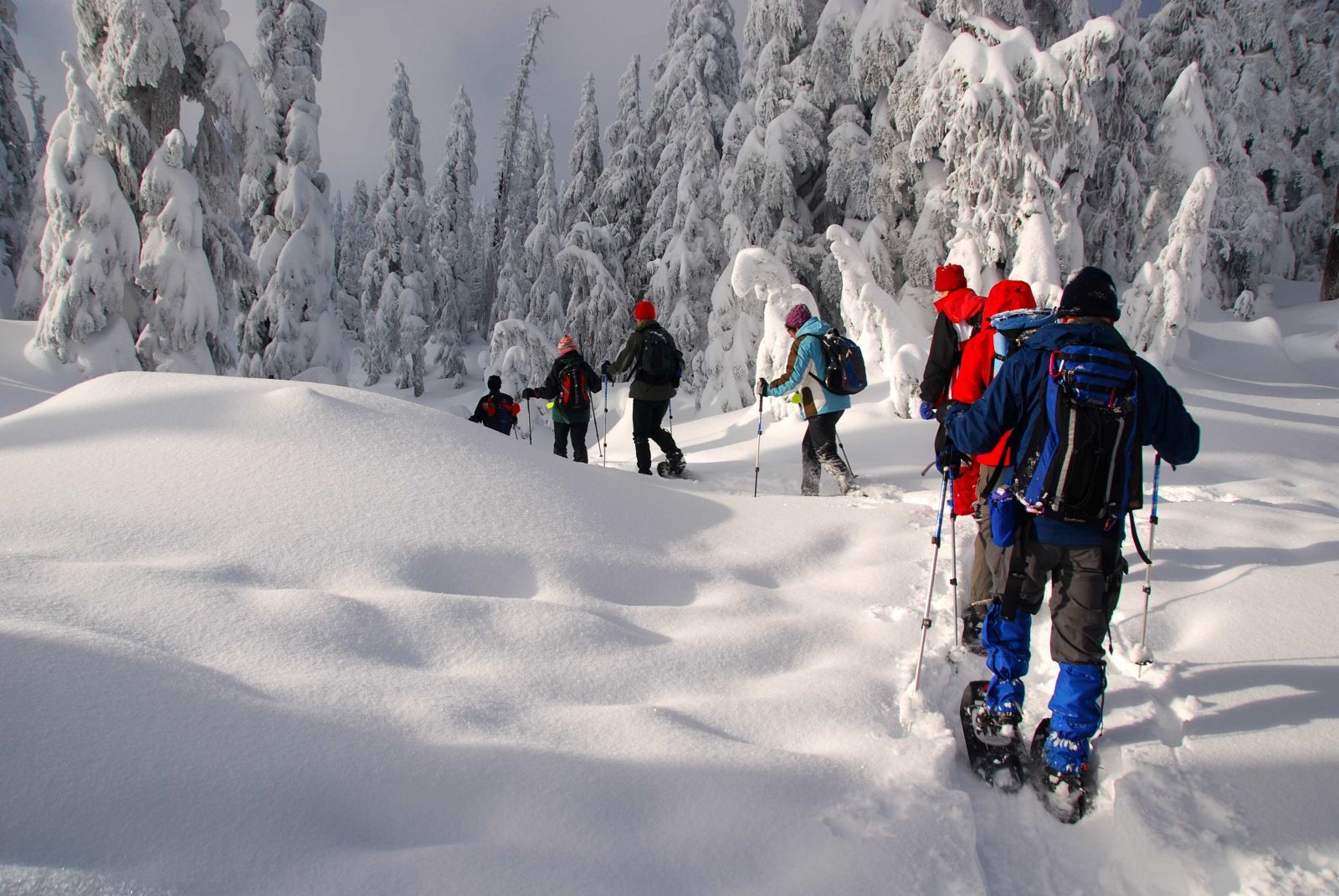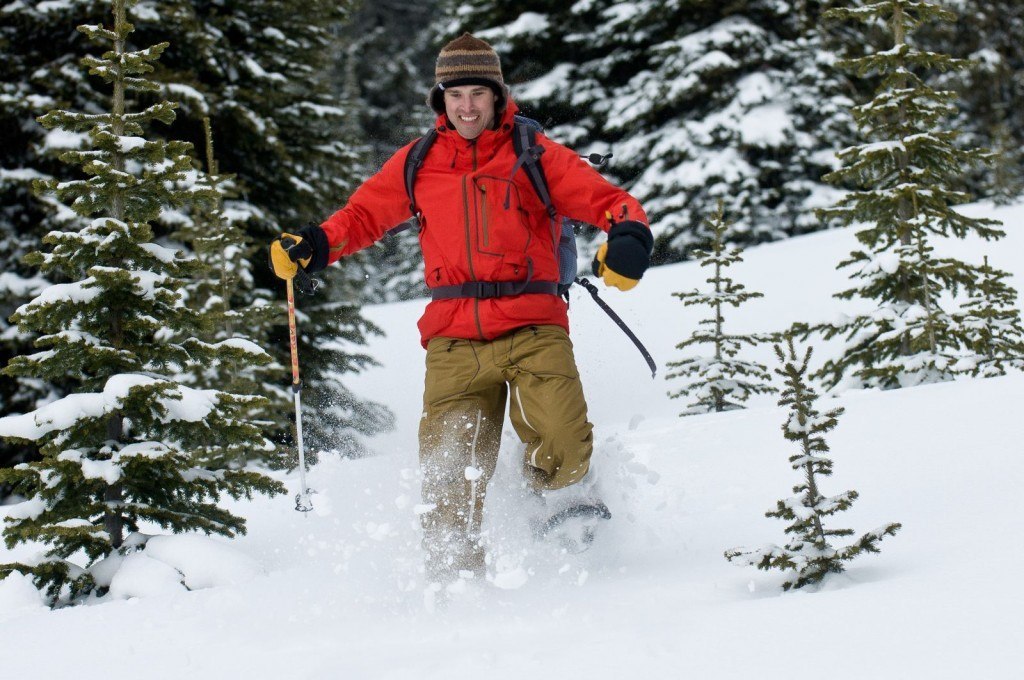Battling the Winter Blues with Exercise

Maybe the ground squirrels and the bears and other hibernating animals have the right idea!
When the cold, dark days of winter come upon us they crawl into their dens, their body temperature, heart rate and metabolic rate lower and they wait for spring. Like these animals, some people feel like burrowing, too, and react with the “winter blues” as it is commonly known or professionally as Seasonal Affective Disorder (SAD).
The winter blues, or SAD, is a disorder that causes people who normally have good mental outlooks to experience some depression symptoms or lethargy among other symptoms come winter time.
Since burrowing in isn’t realistic, and as Mountain Trek advocates…we want to RAISE our metabolism, not lower it to keep our weight and Vitality in check. One way to help battle this seasonal mood change, whether SAD is confirmed or not, is to EXERCISE.
When you exercise, a number of positive things happen, including the release of chemicals called endorphins. These chemicals are manufactured in the pituitary gland of your brain, in the spinal cord, and many other parts of your body, and they do a variety of things, from helping reduce pain to inducing a feeling of calm and well-being.
It also triggers a euphoric feeling, which in runners has been known as the “runner’s high”. This euphoria is thought to help balance the tendency of seasonal low mood states and even depression.
When people are in low mood states, they sometimes use food to try to boost their mood, which can lead to overeating and weight gain, further exacerbating the situation. This is another reason why exercise is a better strategy to not just boost mood, but to be tangibly pro-active.
Another spin-off effect that exercise has is that it increases the ability of your muscles to store carbohydrate energy in the form of glycogen. You have no doubt noticed that athletes seem to have boundless energy, and that is in part, due to the reserves of stored energy in their bodies.
Those who exercise more will tend to not be as lethargic, especially in the winter months.
So GO FOR IT, commit to some form of exercise 5 days of the week. Some suggestions:
- Go outside for a brisk walk, rollerblade, snowshoe, or ski (seek the sunlight’).
- Practice Yoga; this will help move stagnant energy, stimulate the endocrine system and help combat the winter blues.
- Go for HIIT (High Intensity Interval Training) workouts that will energize you by releasing the endorphins.
The way to keep yourself coming back for more is to realize that exercise makes you feel good!
Happy trails.
Cathy Grierson, Fitness Director, Mountain Trek
[fbcomments]
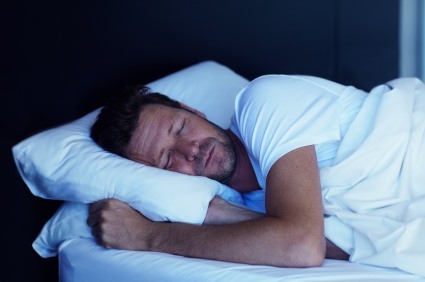

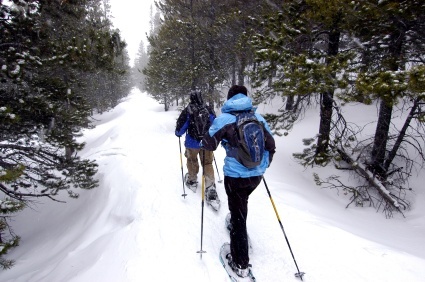 What better way to see out the old, and ring in the New Year than walking on top of the snow, breathing fresh air in a winter wonderland, while melting off inches from holiday indulgence?
What better way to see out the old, and ring in the New Year than walking on top of the snow, breathing fresh air in a winter wonderland, while melting off inches from holiday indulgence? The Holiday season brings opportunity for travel; do you have a fitness plan to navigate it in a happy and healthy manner? Plan to move your body and you will succeed when most people exercise the least – during the holidays and on the road. This blog will look at fitness strategies for the holidays. Part 2 will tackle strategies for travel.
The Holiday season brings opportunity for travel; do you have a fitness plan to navigate it in a happy and healthy manner? Plan to move your body and you will succeed when most people exercise the least – during the holidays and on the road. This blog will look at fitness strategies for the holidays. Part 2 will tackle strategies for travel.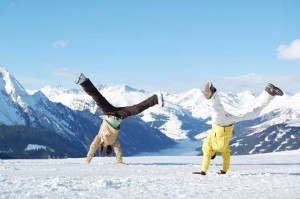 Next, pick and choose from the list of following strategies you feel you can best follow:
Next, pick and choose from the list of following strategies you feel you can best follow: